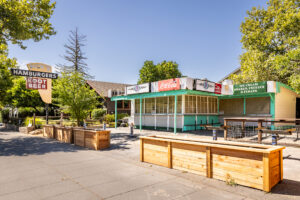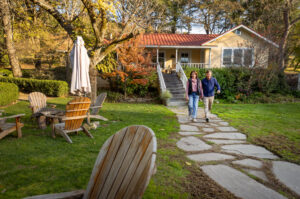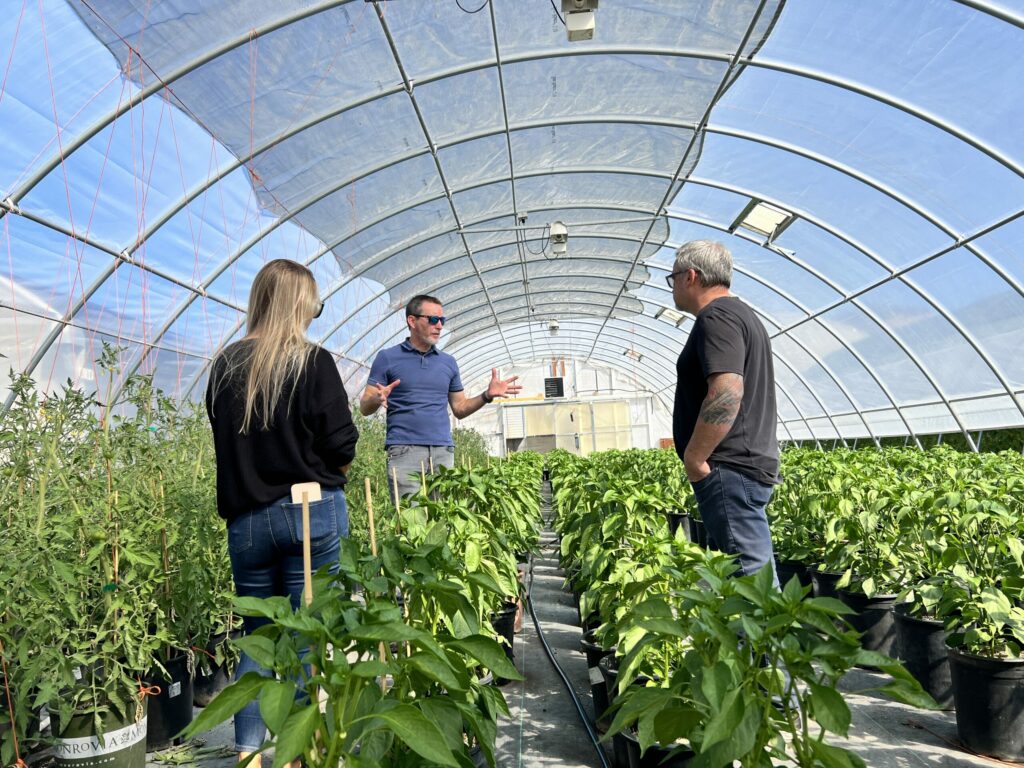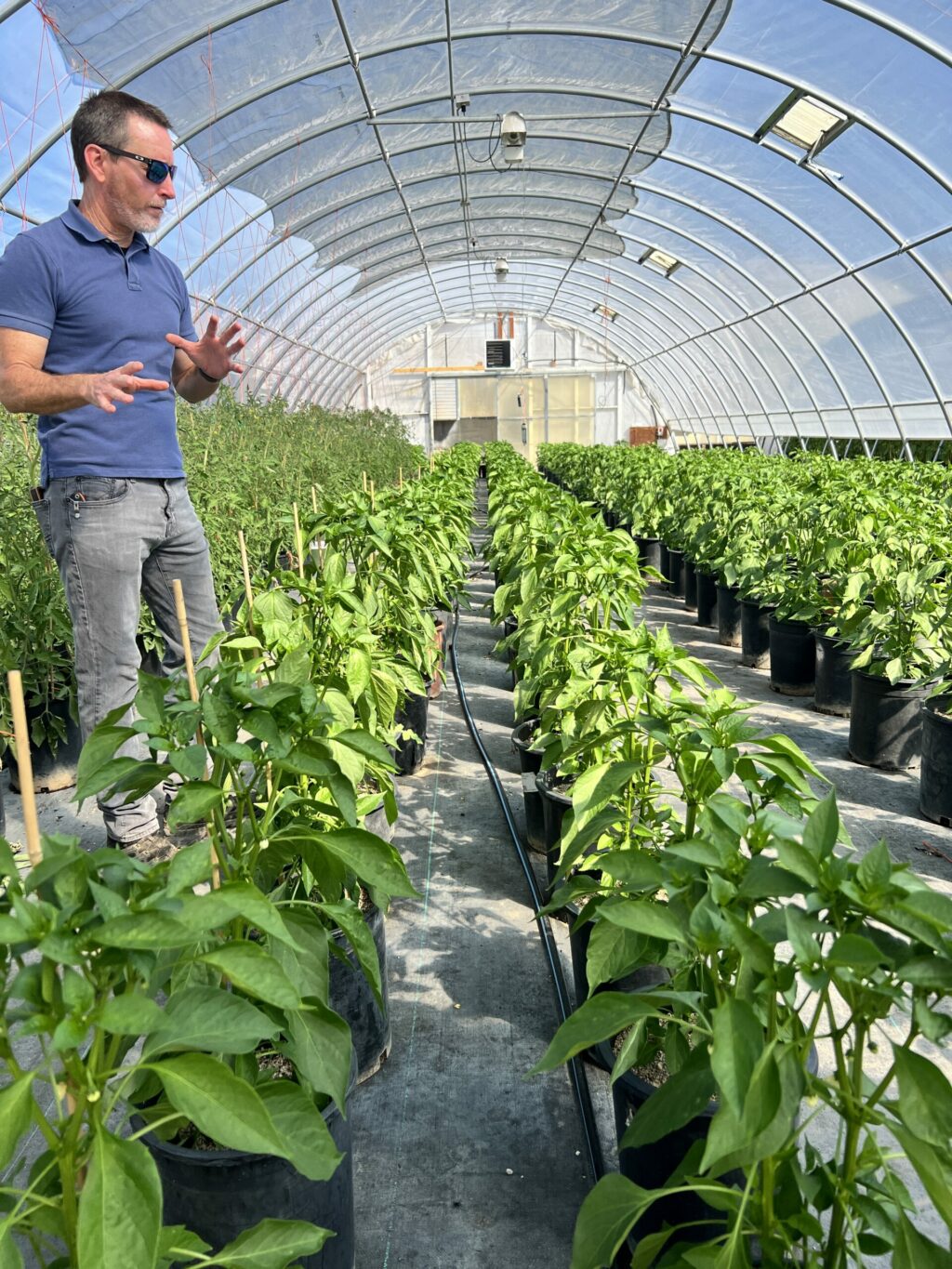Grapevine nursery owner Jay Jensen had a problem.
Grapevines are a seasonal product, and his 120,000 square feet of greenhouses in Sonoma Valley were unused from late June through January. The team that worked in those greenhouses were not as busy for half the year, too. That is, until Jensen happened to sit next to a board member of the Redwood Empire Food Bank at a local event. The two business leaders started chatting, and Jensen realized those empty square feet — and the expertise of his professional horticulturists — could be put to good use in the off-season, growing food.
Jensen and his team at Novavine started their pilot program in late June 2024, using about 5,000 square feet of empty greenhouse space for vegetables and herbs to donate to the food bank. The nursery’s horticulturists set up arrays of 5-gallon containers and trained the vegetables vertically up trellises strung from the top of the greenhouse.
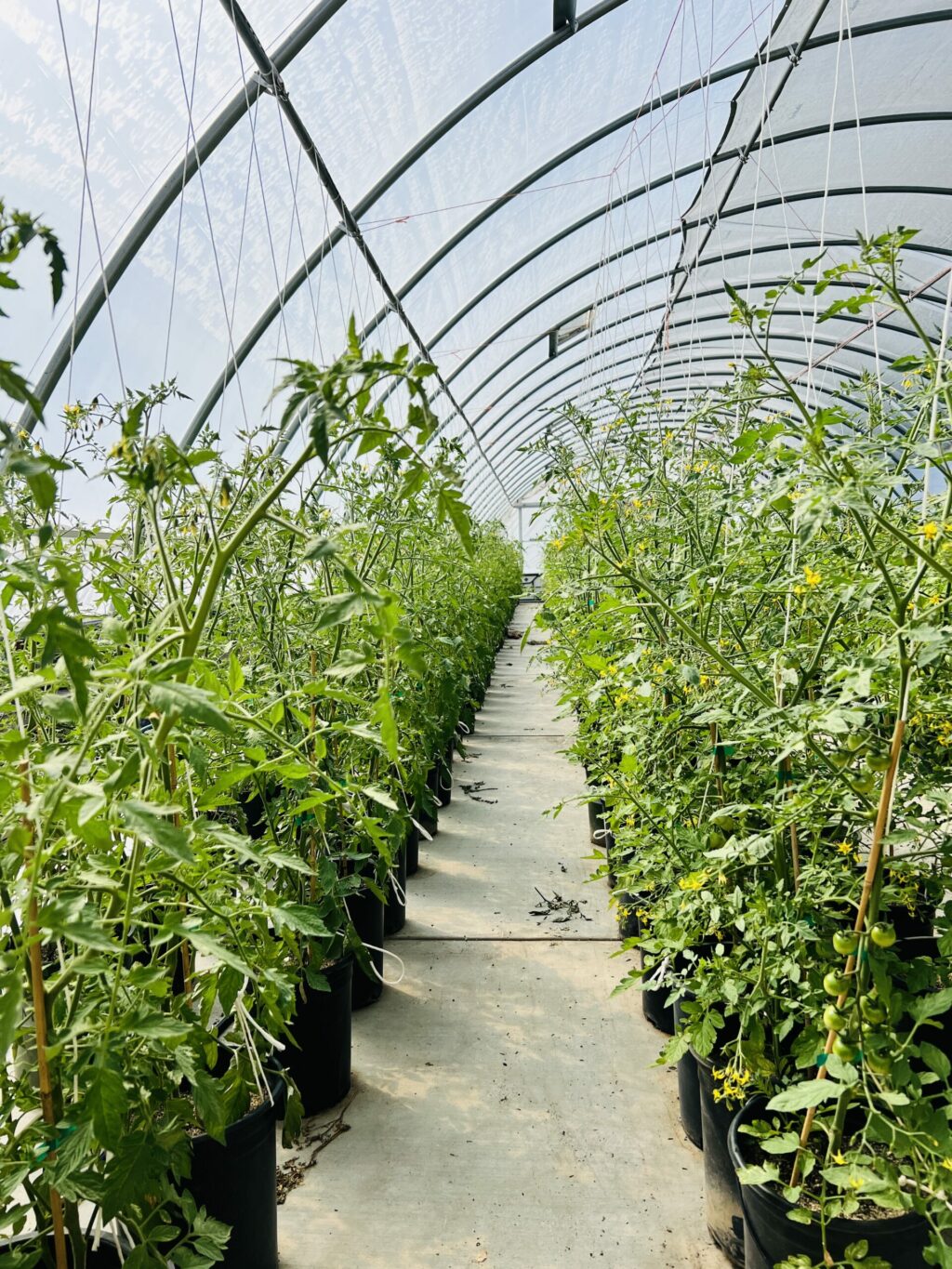
“When you walked in, it was a jungle of all these plants growing up the strings, reaching for the light,” says Jensen. “It was a great thing to see, especially when they were loaded up with all these beautiful peppers and tomatoes.”
The team farmed several thousand pounds of tomatillos, peppers, cilantro, tomatoes and green onions to donate — and Jensen was able to keep his workforce employed through the season.
“It felt like it was meant to be,” says Alison Smith, chief operations officer of the Redwood Empire Food Bank. “It was a complete alignment, tapping into the community in this way. For Jay, he wanted to keep his team engaged and do good — it was about family, his workforce, his community.”
Smith explains that the food bank targets fresh produce for 50% of what they distribute to local families. A lot of healthy produce is available in summer, but there’s less around in late fall and at the holidays — right when the greenhouse crop, planted in June, was at peak production. Another bonus: the Novavine produce could be distributed just a few miles from where it was grown. And the quality and variety was top-notch, including several veggies and herbs not often available to food bank clients.
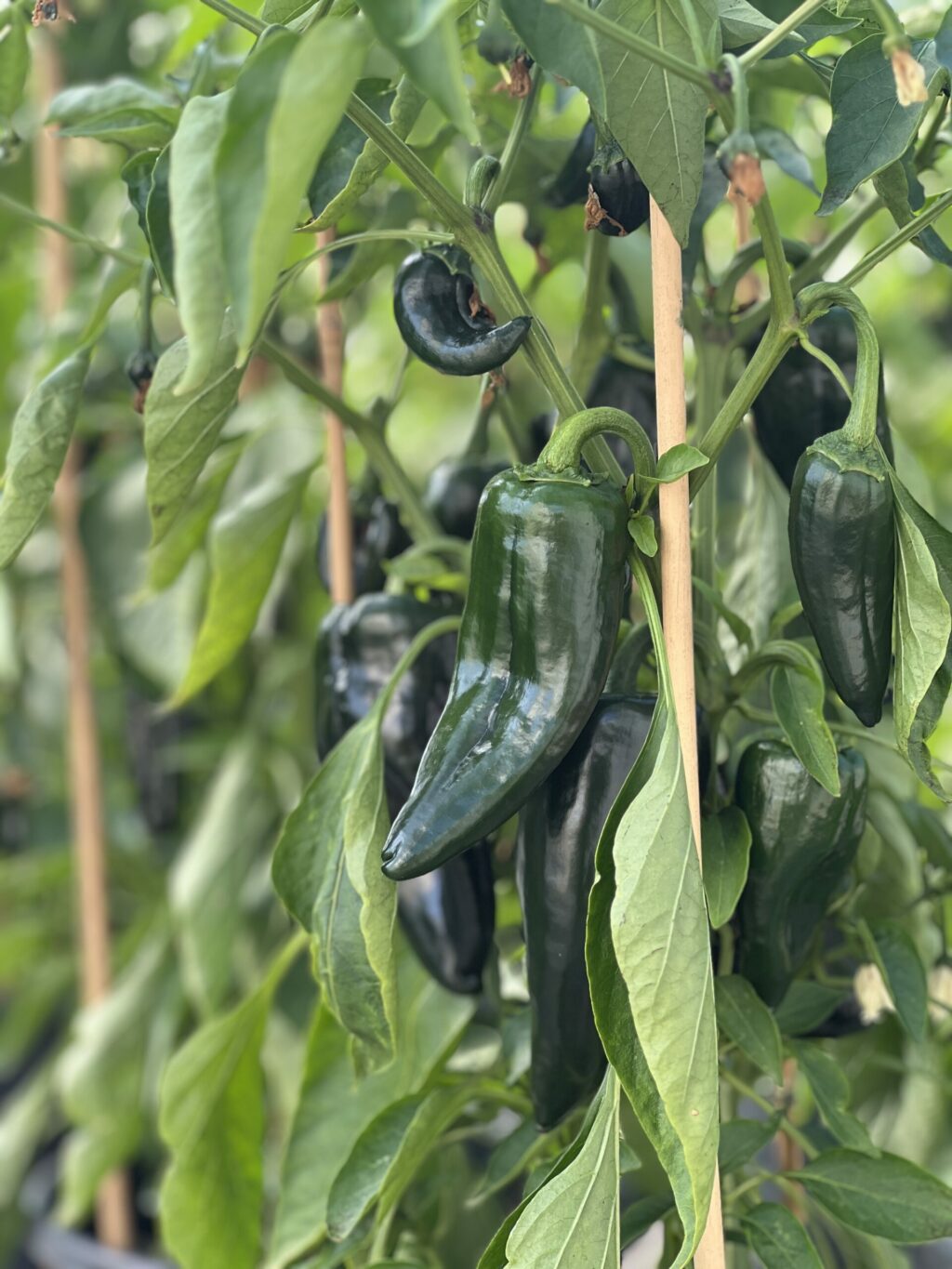
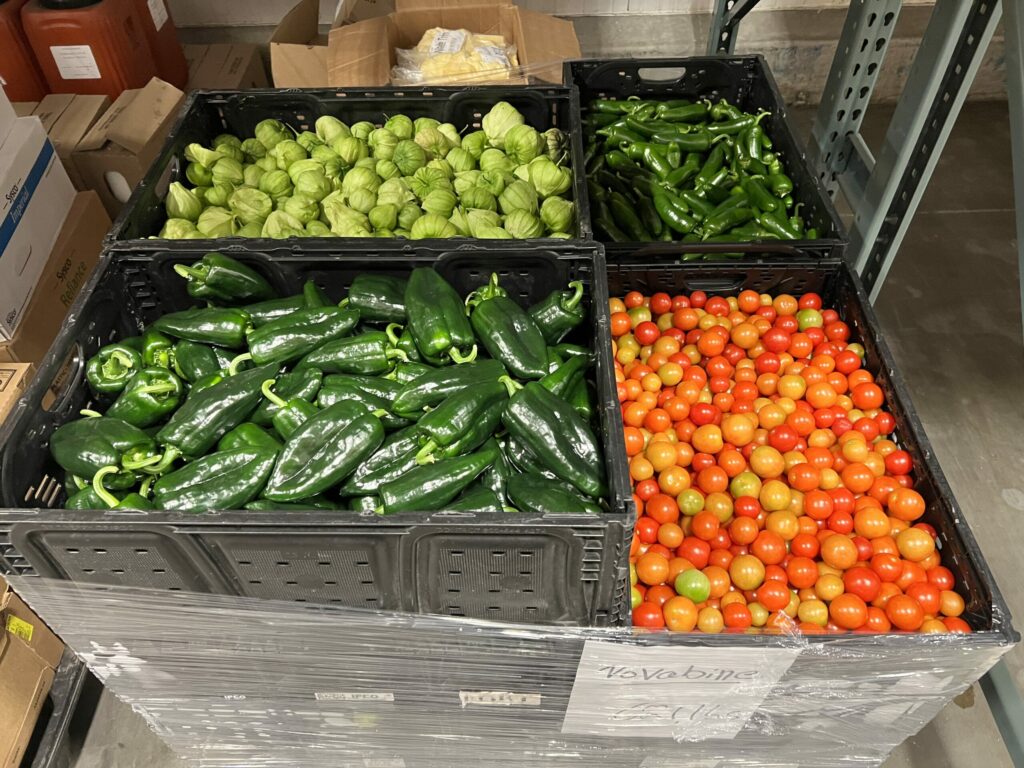
“We get a lot of potatoes and onions. Tomatoes, sometimes. Tomatillos, rarely. Cilantro, never,” says Smith. “So our clients were really happy.”
This season, the Novavine team plans to double or triple the amount of growing space, yielding tens of thousands of pounds of vegetables to distribute. They are applying for grants to defray a few of the costs. And Redwood Empire Food Bank is touting the program’s synergies to other regional food banks, to see if there are plant nurseries in other communities with unused greenhouse space in the off-season.
By the end of June, when grapevine season is over, there will be another round of veggies starting up the trellises inside the Novavine greenhouses.
“I’ve had a business in this community for 27 years,” says Jensen. “And even in this community, hunger is more of a problem than any one of us would like to admit. This is a program that everybody feels good about.”
Novavine, 6735 Sonoma Highway, Santa Rosa, 707-539-5678, novavine.com


